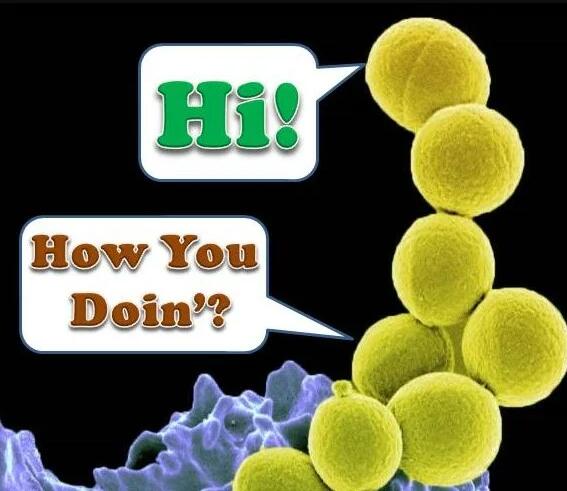These sounds stop when bacteria are killed by antibiotics unless the bacteria become resistant to antibiotics. Now, researchers from the group of Farbode Arijani at Delft University of Technology in the Netherlands have successfully used graphene to capture the low-level noise of a single bacterium. The research was published in the journal Nature Nanotechnology.
The research team initially studied the fundamental mechanics of graphene, but they wanted to know what would happen if the extremely sensitive material came into contact with a single biological object. “A graphene is an existing form of carbon, consisting of a single layer of atoms, also known as a ‘wonder material’,” said Falbed Arijani. “It is very strong and has good electrical and mechanical properties. And it’s also very sensitive to external forces.”
The researchers conducted the first experiments with E. coli. It was found that when bacteria attached to the surface of the graphene drum, it produced random vibrations with amplitudes as low as a few nanometers, and the researchers could detect and hear individual bacteria.
This tiny vibration originates from a process in bacterial organisms, mainly from their flagella. To better understand how tiny the “beats” of bacterial flagella on graphene are, Arijani said that if bacteria were also used to punch punching bags, they would be at least 10 billion times weaker than a human boxer’s fist. . Now, these nanoscale “beats” can be translated into audio tracks and heard.
The researchers say the study has huge implications for the detection of antibiotic resistance. The results of the experiment were unequivocal: If bacteria became resistant to antibiotics, the vibrations continued at the same level. When the bacteria are vulnerable to the drug, the vibrations gradually diminish over an hour or two until they disappear completely. Due to the high sensitivity of the graphene drum, this phenomenon can be detected with just one battery.
Arrigoni said: “In the future, we aim to optimize our single-cell graphene antibiotic susceptibility platform and validate it against a variety of pathogenic samples. Thus, it can ultimately serve as an effective diagnostic toolkit in clinical practice. Rapid detection of antibiotic resistance.” Antibiotic resistance is a growing threat to human health around the world. It would be an “invaluable tool” in the fight against antibiotic resistance.
For the microscopic world, most of the time we still “see the person but not hear the sound”, observe with a microscope, and judge the life and death of bacteria with staining and culture methods. This time, researchers have opened up new ideas. Since graphene is such a magical and sensitive material, if bacteria move on its surface, will it leave “footsteps”? This force is so slight that it takes sensitive materials and “ears” to capture it. The researchers believe that hearing the sound of bacterial activity could lead to new ways of judging bacterial viability. Antibiotic resistance is a global problem, and if a graphene antibiotic sensitivity platform is developed, bacterial resistance can be rapidly tested.




If it’s true, it’s an exciting thing